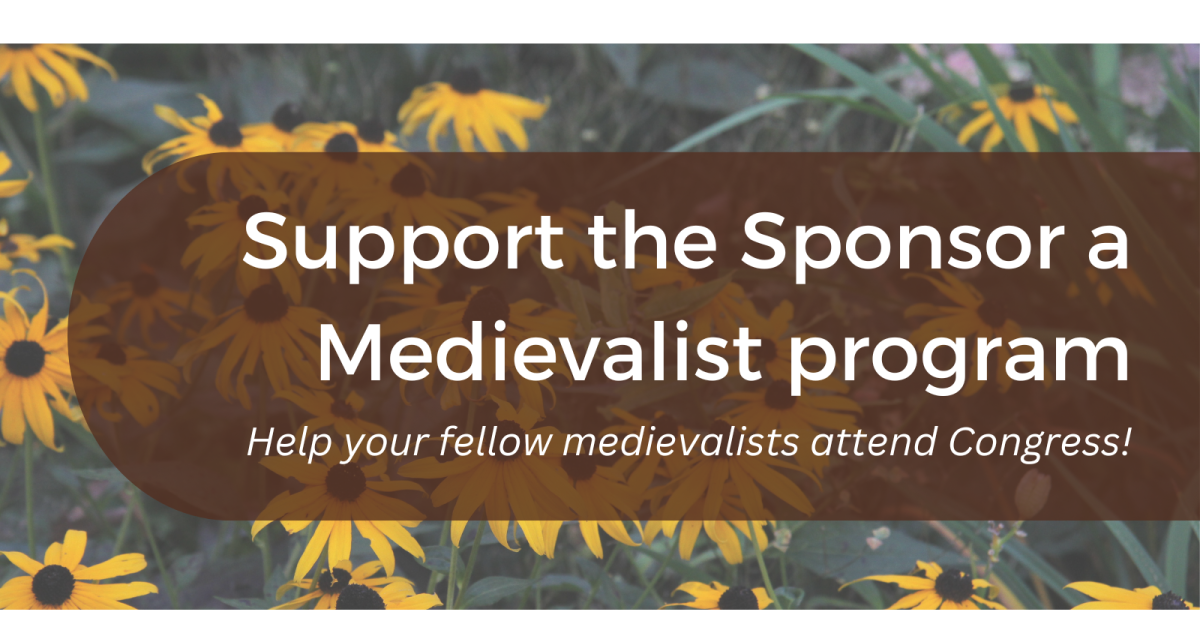

Thu, May 14
|Western Michigan Univeristy
61st International Congress on Medieval Studies
Turn on , Tune in, Drop out: Psychedelic Approaches to Medieval Objects
Time & Location
May 14, 2026, 8:00 AM – May 16, 2026, 8:00 PM
Western Michigan Univeristy , 1903 W Michigan Ave, Kalamazoo, MI 49008, USA
About The Event
61st International Congress on Medieval Studies
Turn on , Tune in, Drop out: Psychedelic Approaches to Medieval Objects: This panel explores the potential convergences between 1960s psychedelia and medieval material culture, including surreal imagery, animation, bright colors, and the cross-pollination of disparate media attempting to evoke a hallucinogenic or heightened response in the viewer.
Interpretation in the medieval context
The call for papers applies this psychedelic lens to medieval studies by inviting scholars to explore the connections between psychedelia and medieval material culture. The framing suggests that examining medieval objects with a psychedelic mindset could reveal new insights into medieval art, religion, and consciousness.
Possible topics for papers include:
Devotional objects and altered states: Examining how objects intended for religious worship might evoke mystical, visionary, or heightened experiences similar to those achieved through psychedelics.
Psychedelic medievalism: Exploring the influence of medieval art on 1960s psychedelic fashion and design.
Archaic plant use: Investigating artistic depictions of, or artifacts related to, the cultivation and consumption of psychoactive plants and fungi in the medieval period.
Synesthetic and multisensory experiences: Analyzing medieval art through the concepts of synesthesia and multisensory impact, which can be heightened during psychedelic experiences.
Key academic connections
The panel's theme connects several academic fields:
Psychedelic research: Modern researchers are re-examining the therapeutic and historical context of psychedelics, noting their long history in human cultures for healing and spiritual growth.
Religious and mystical studies: Scholars recognize the link between psychoactive substances and religiosity in various traditions, which can be applied to understanding medieval mystical encounters.
Literary studies: As argued in a related article, "dream-visions" and other medieval literary genres can be read as spaces for altered states of consciousness similar to those experienced in psychedelic "trips".
Art history: The panel encourages re-evaluating medieval aesthetics, such as surreal imagery and intense color, by comparing them to the conventions of psychedelic art.
Join me for a presentation on The Neuroaesthetics of Fractal Form: Medieval Materiality and Psychedelic Perception!

